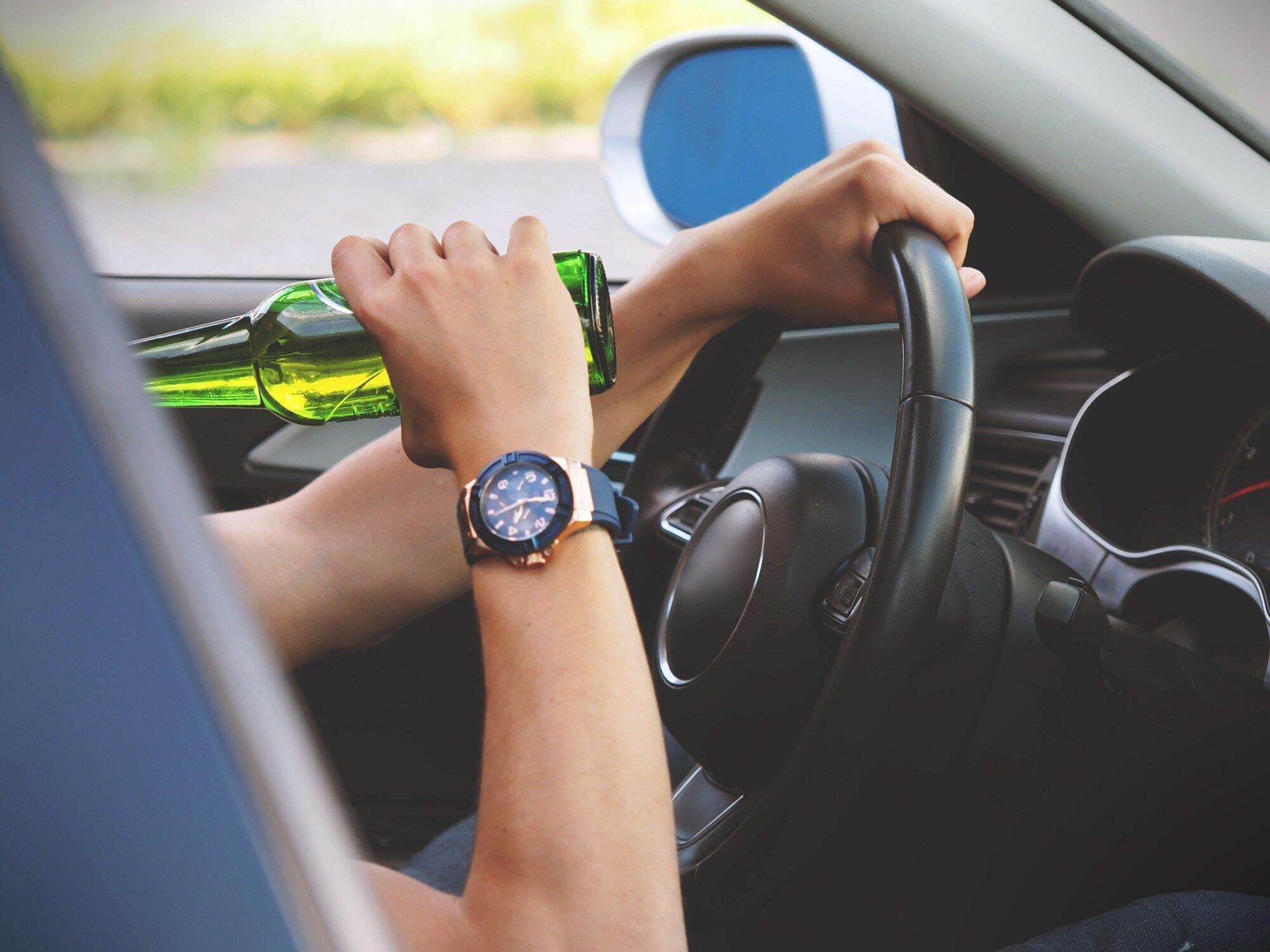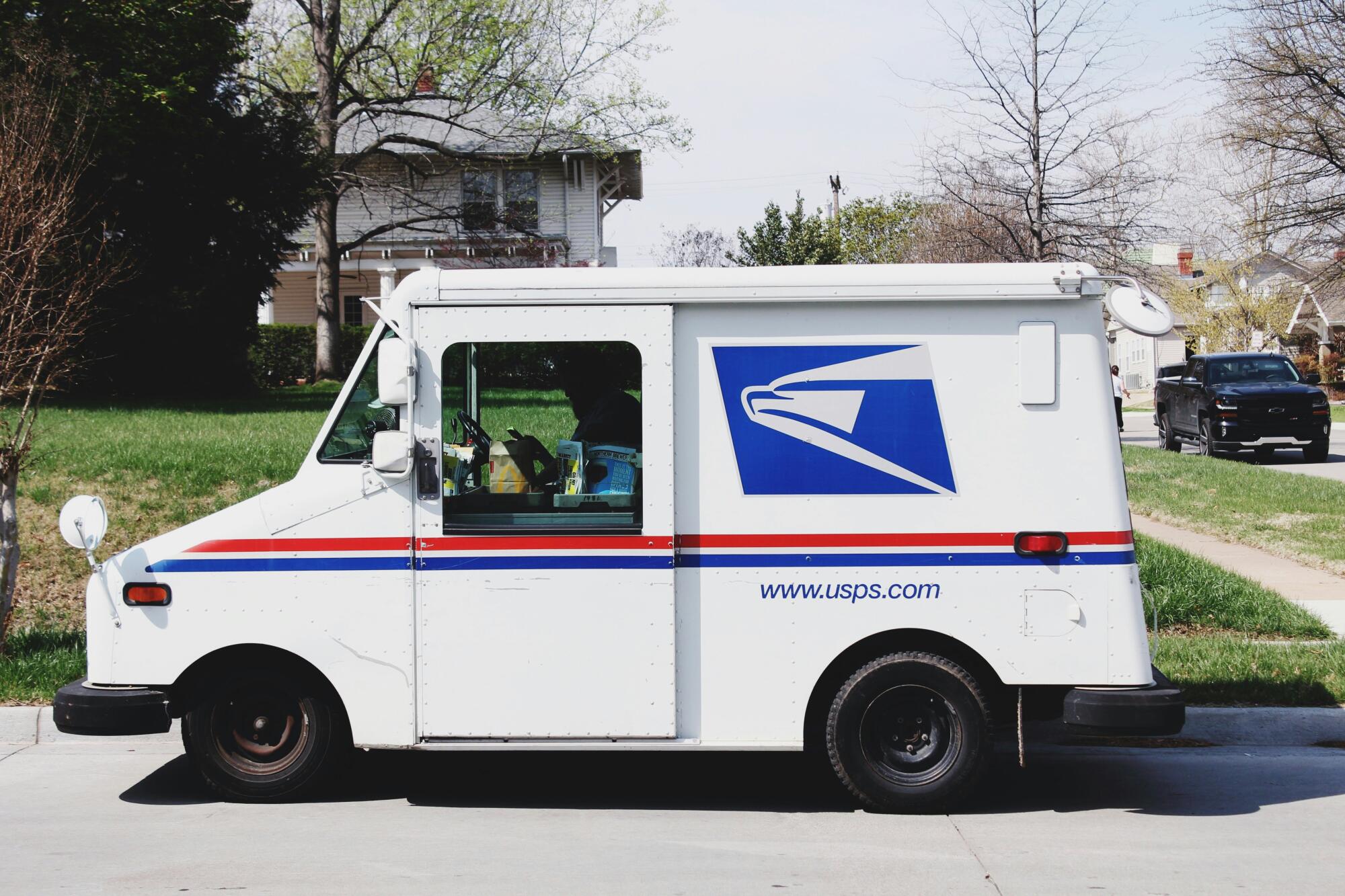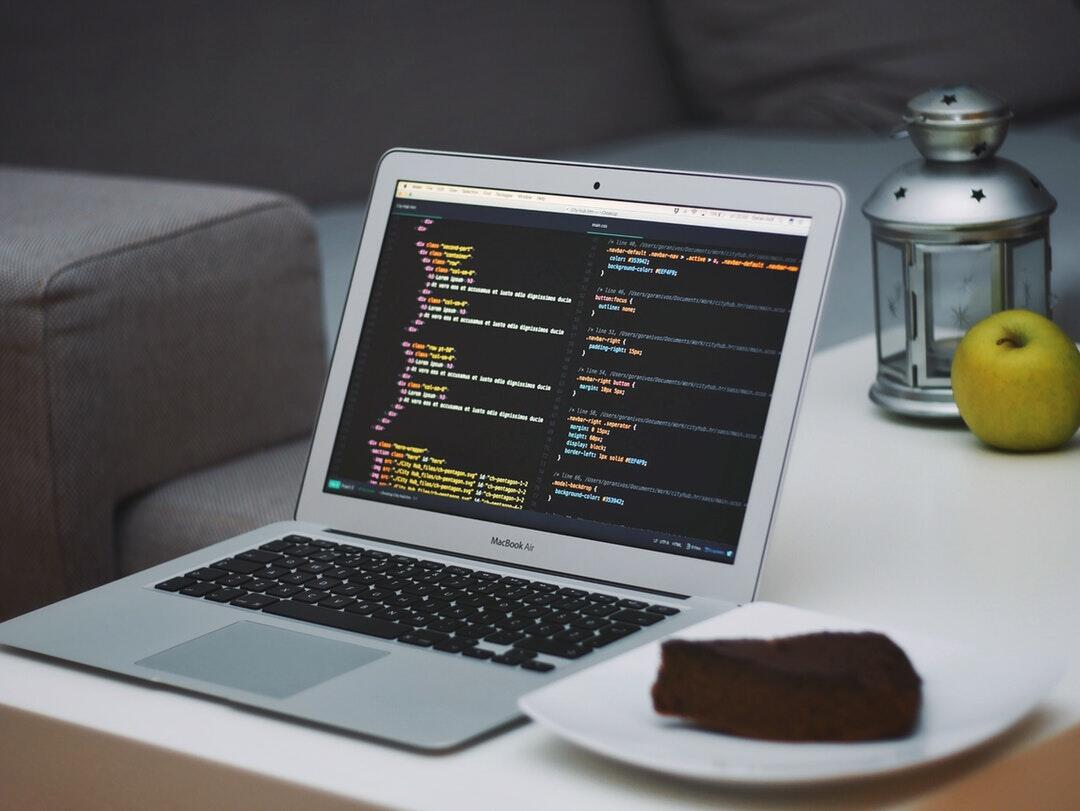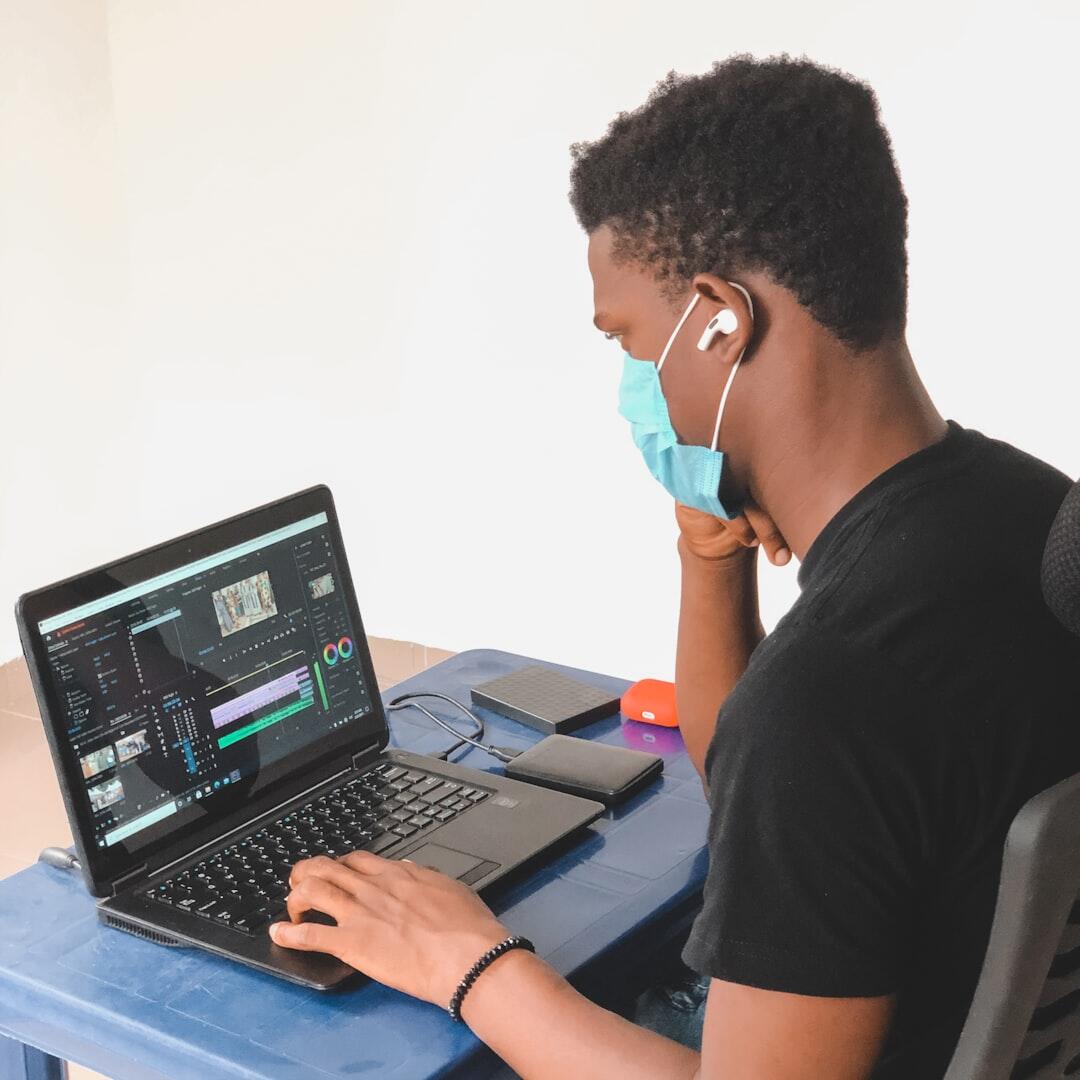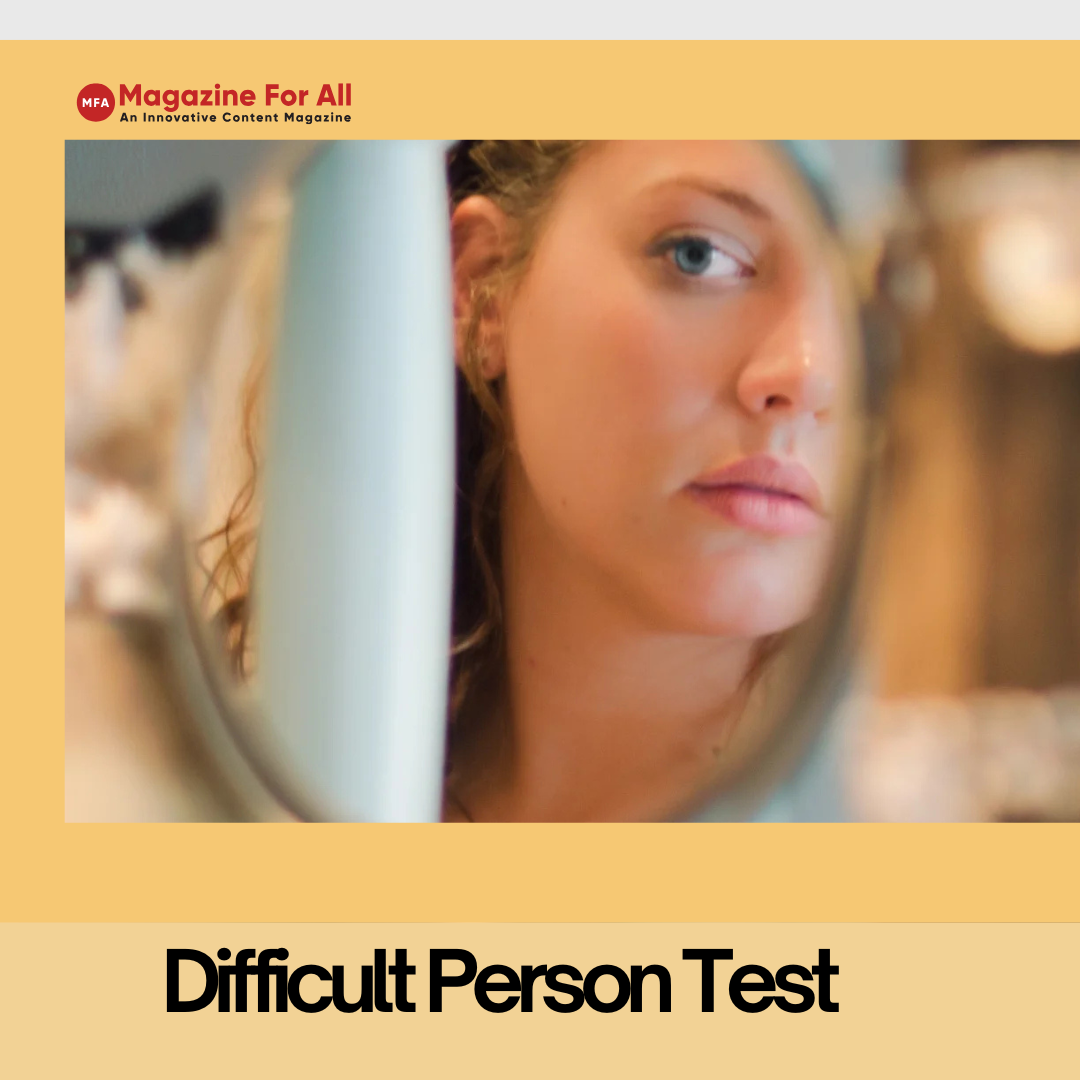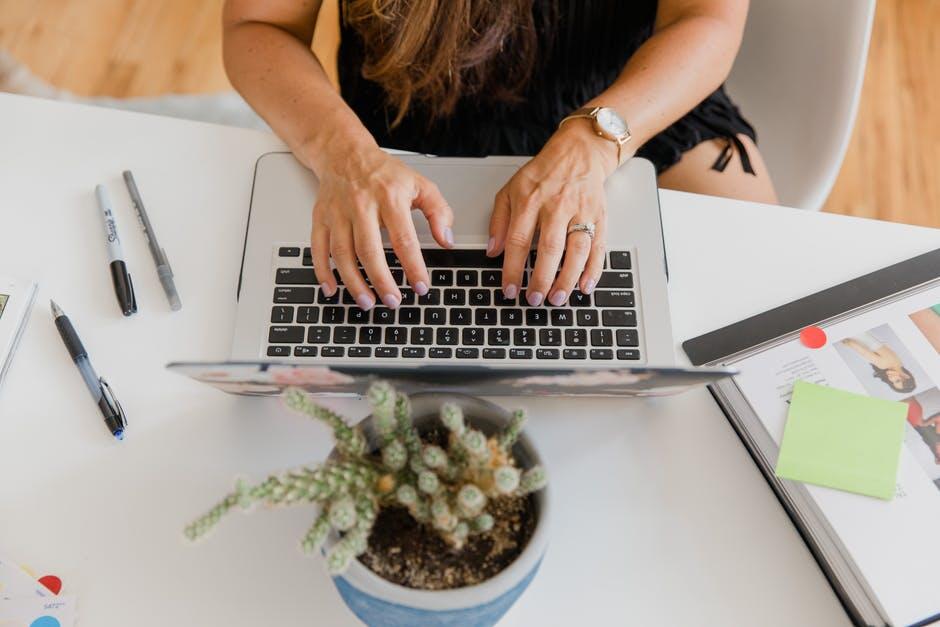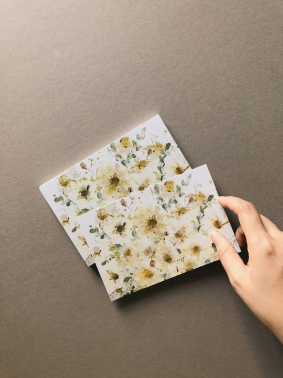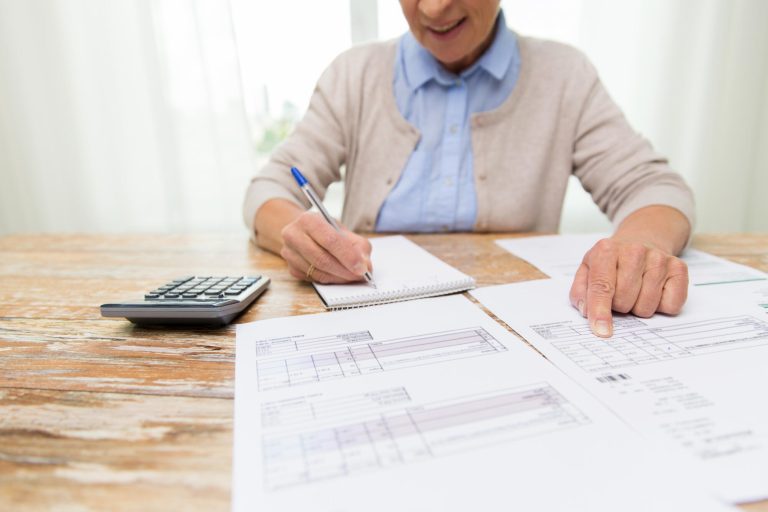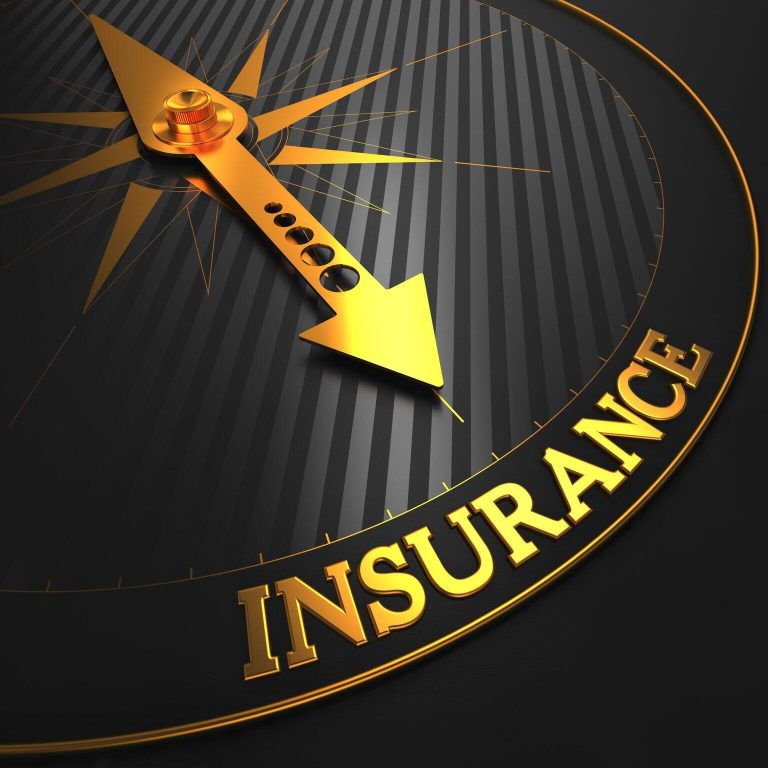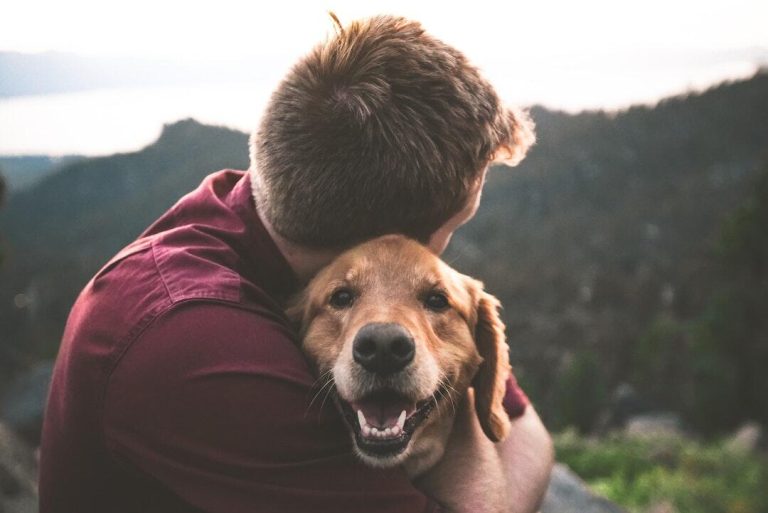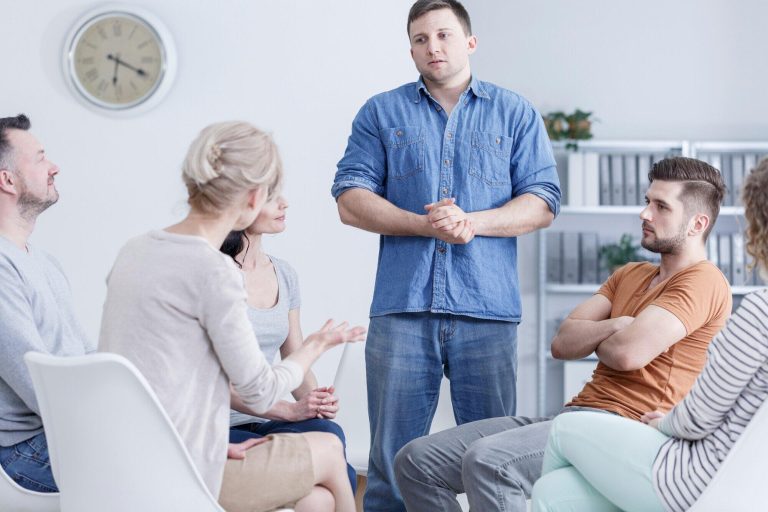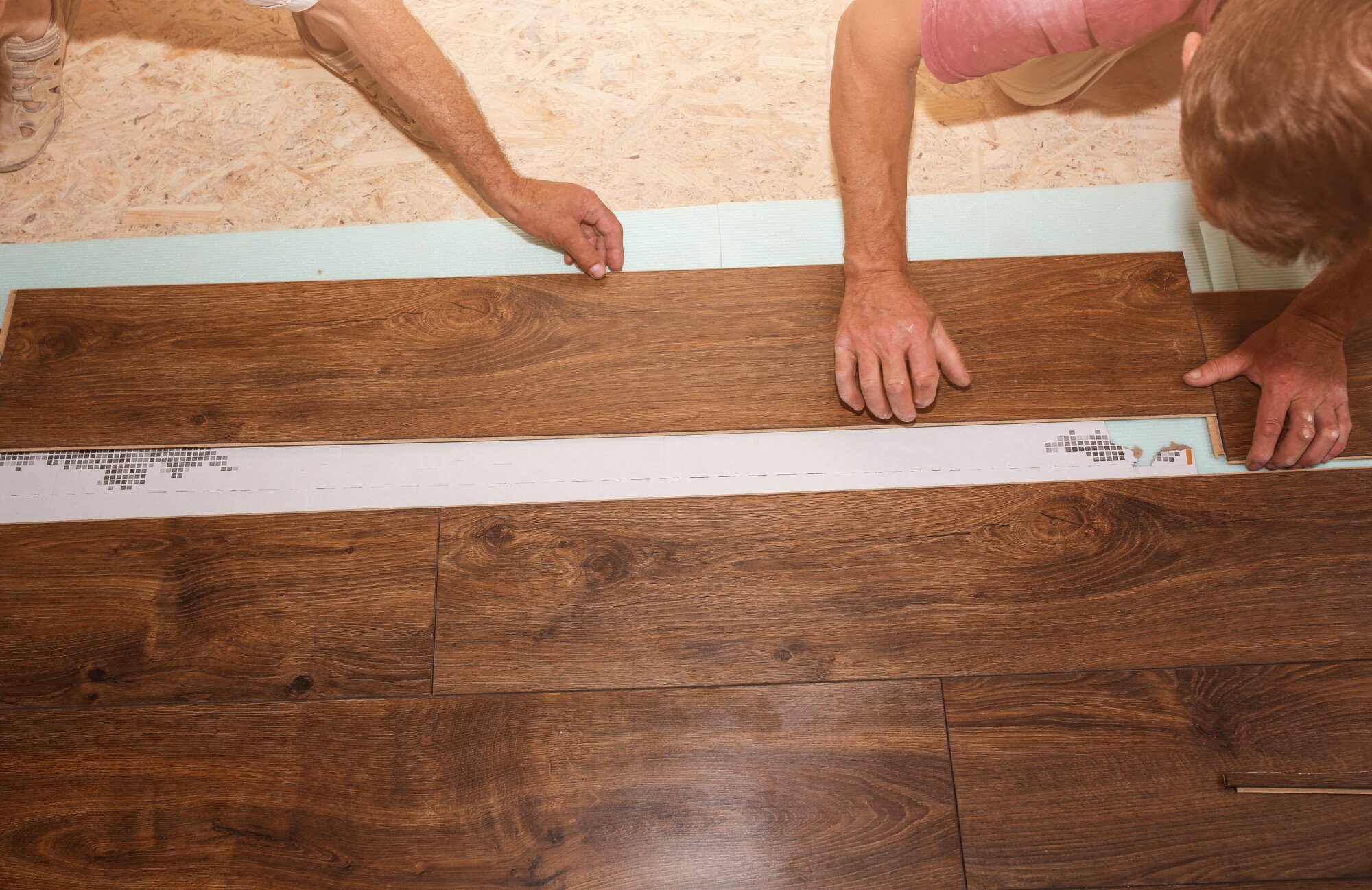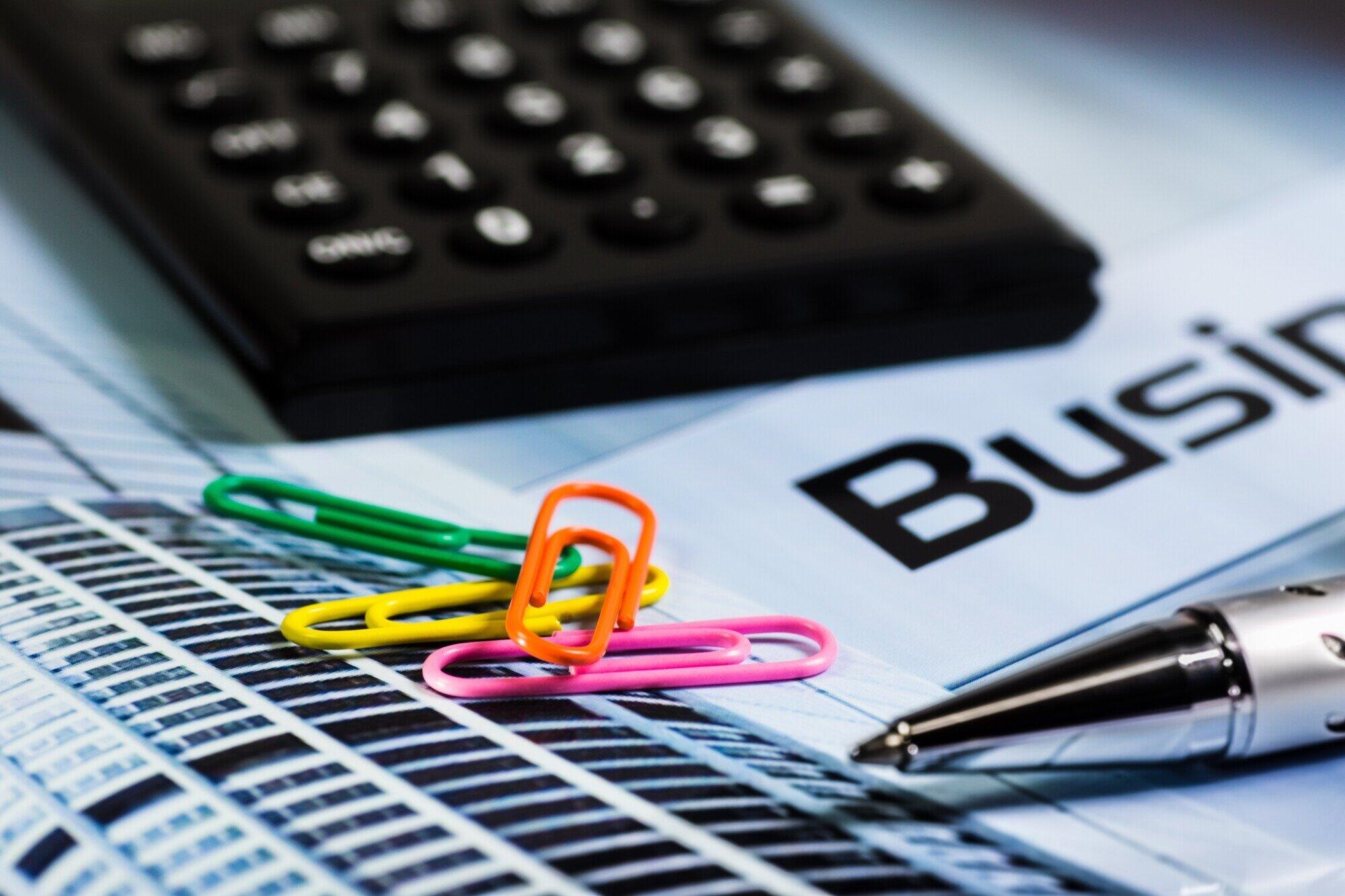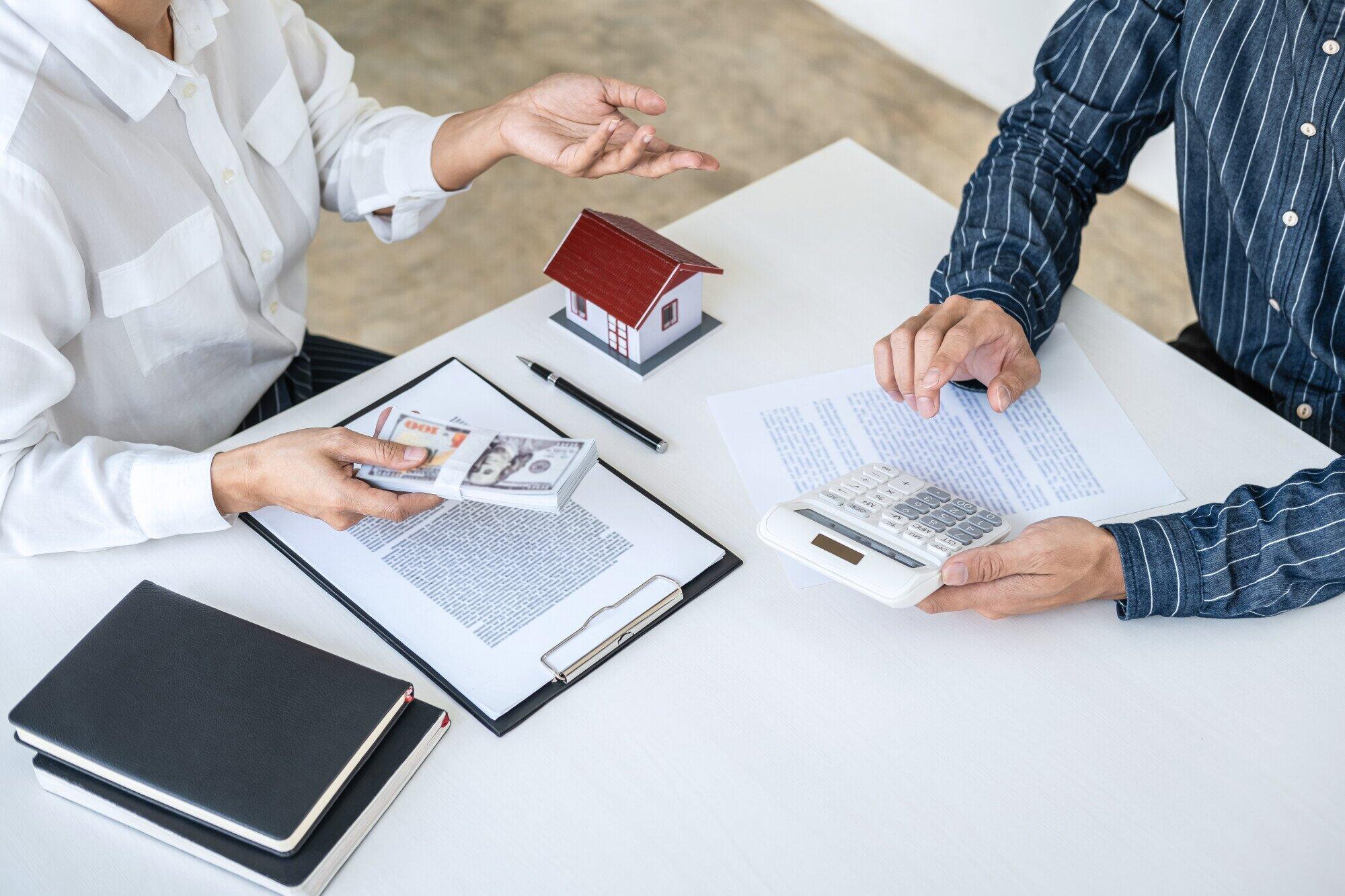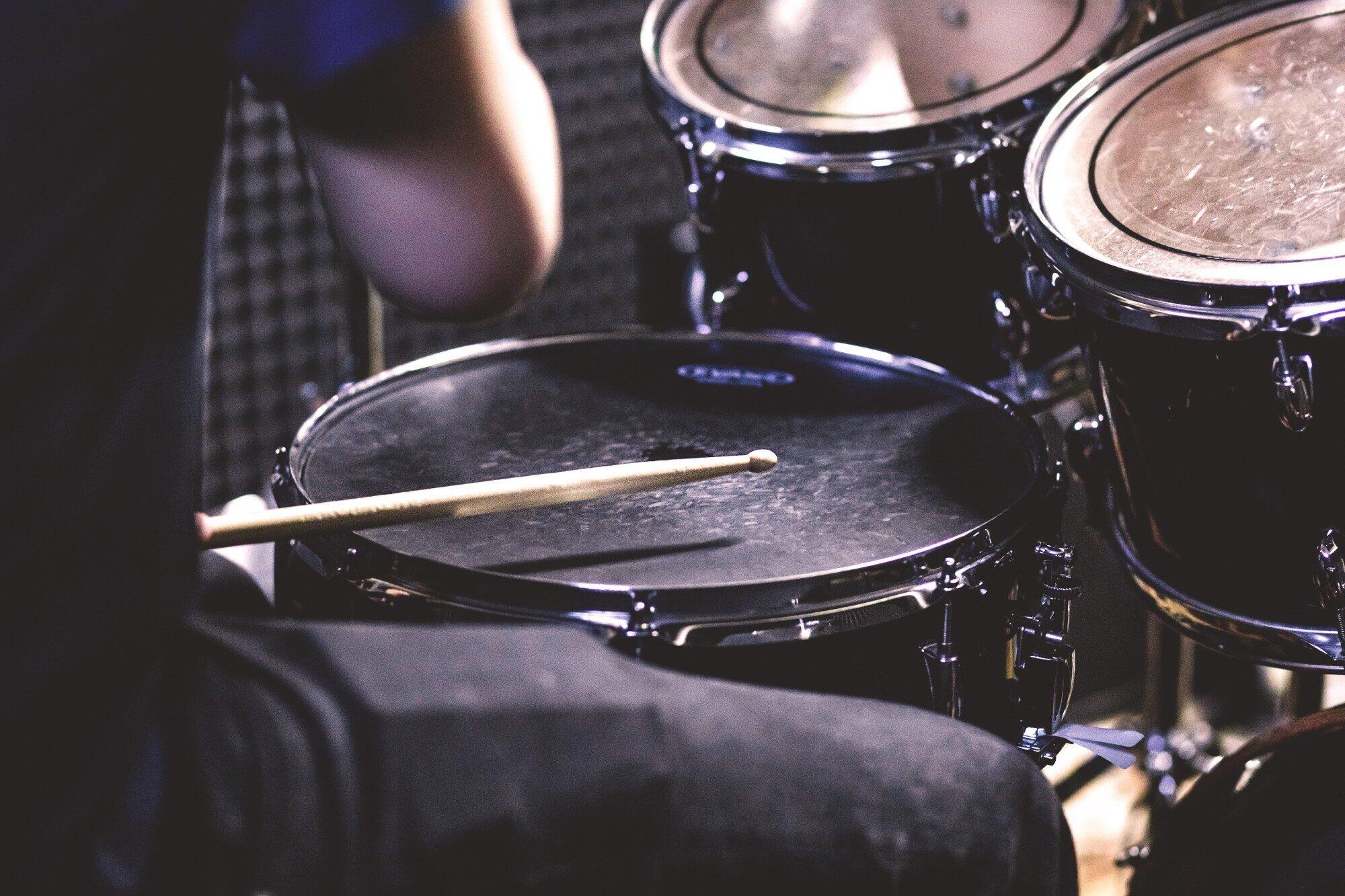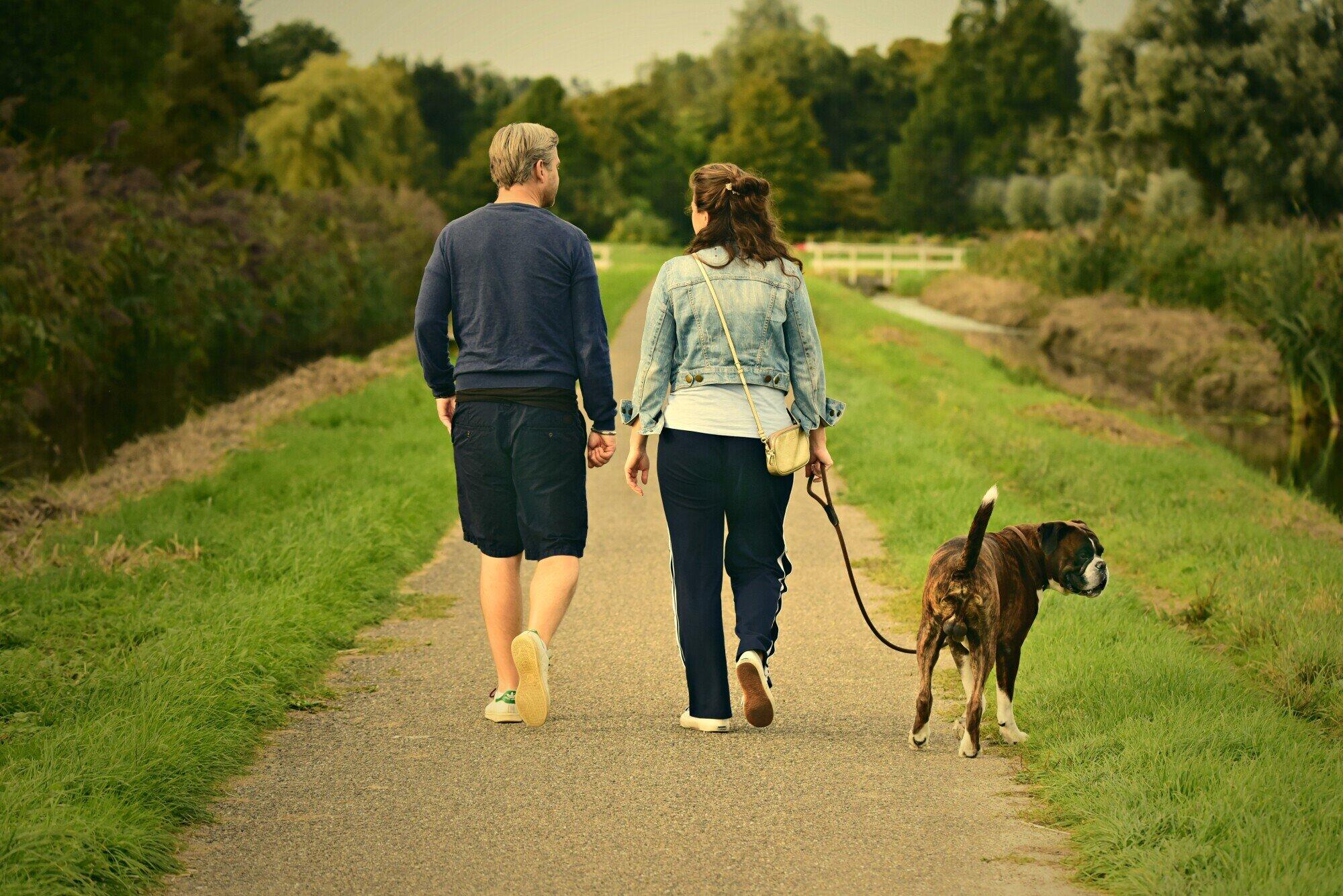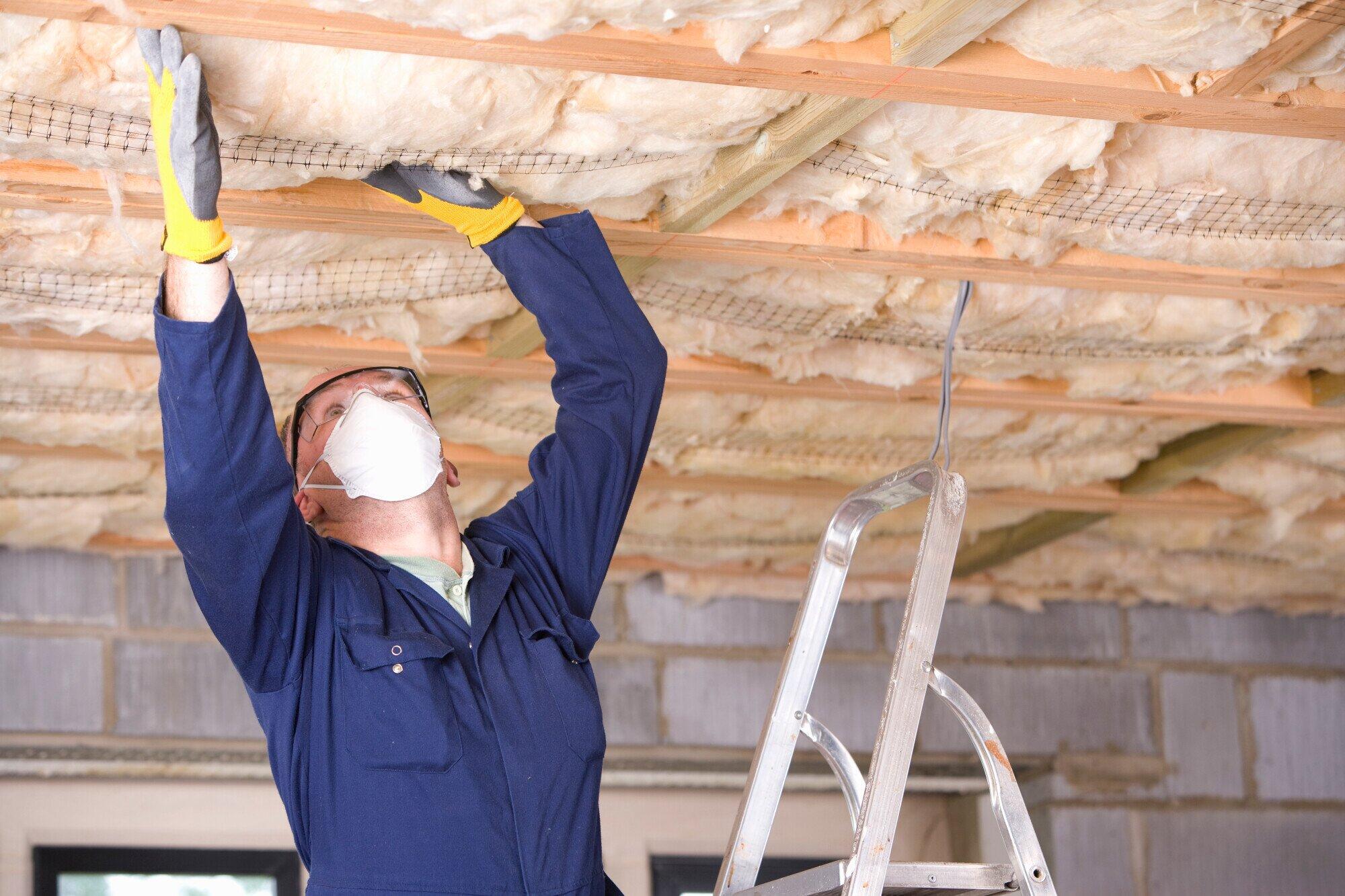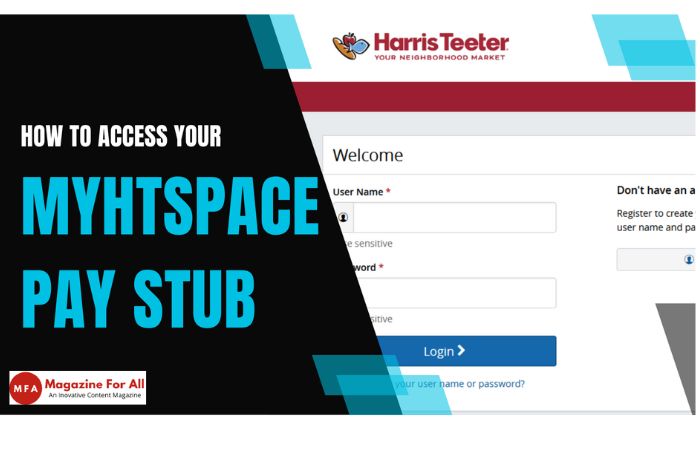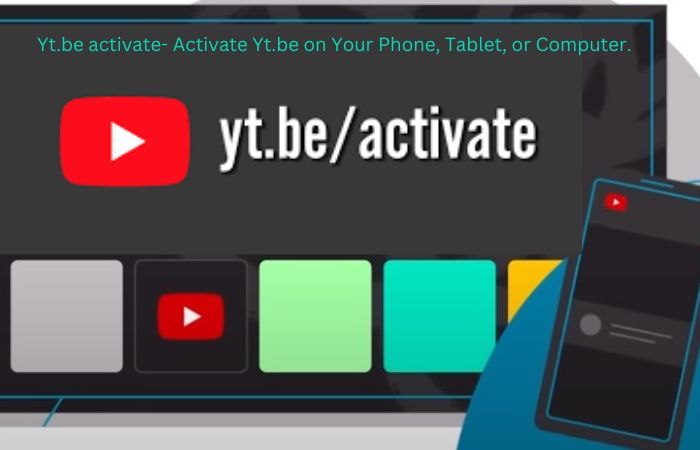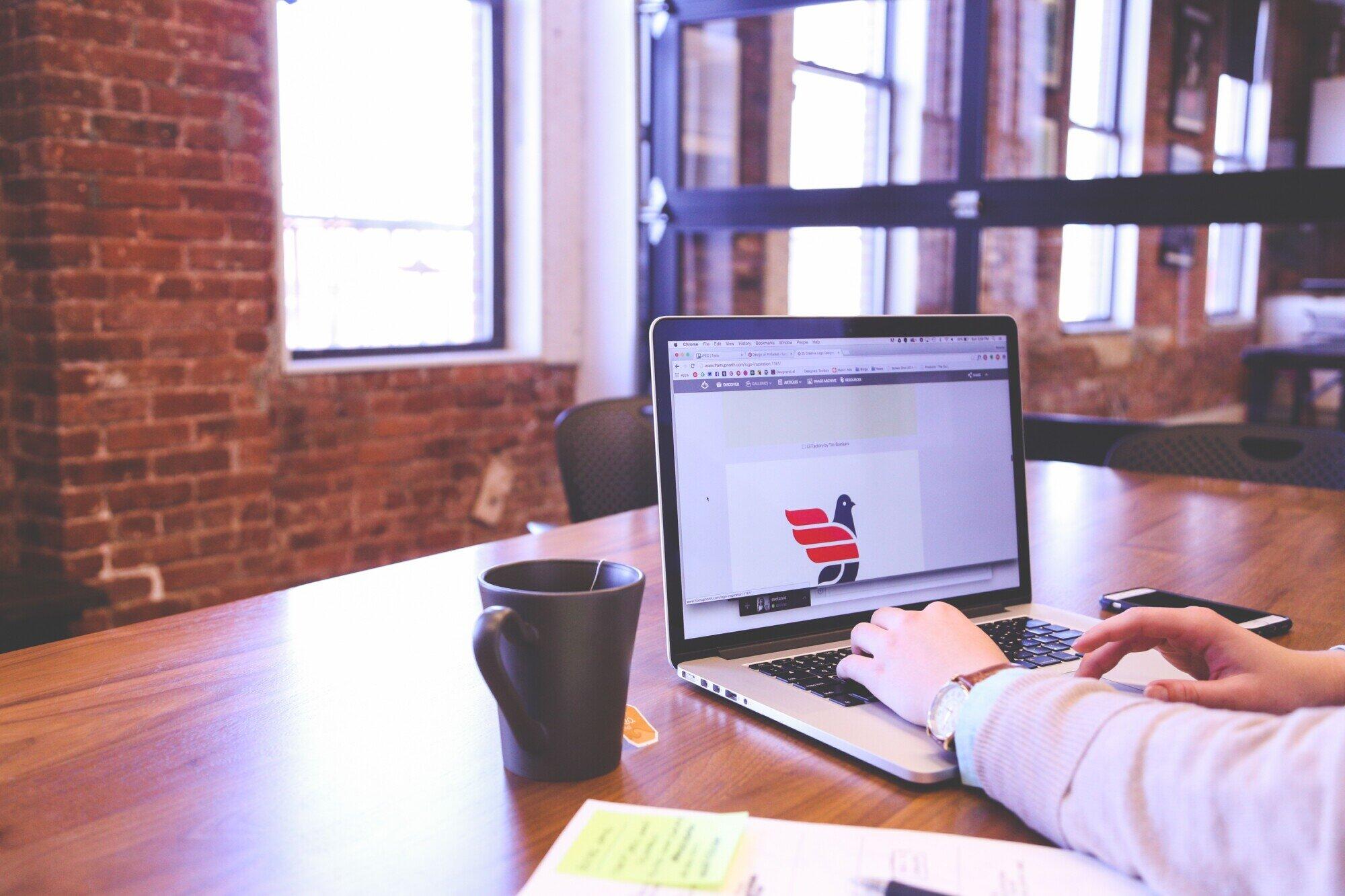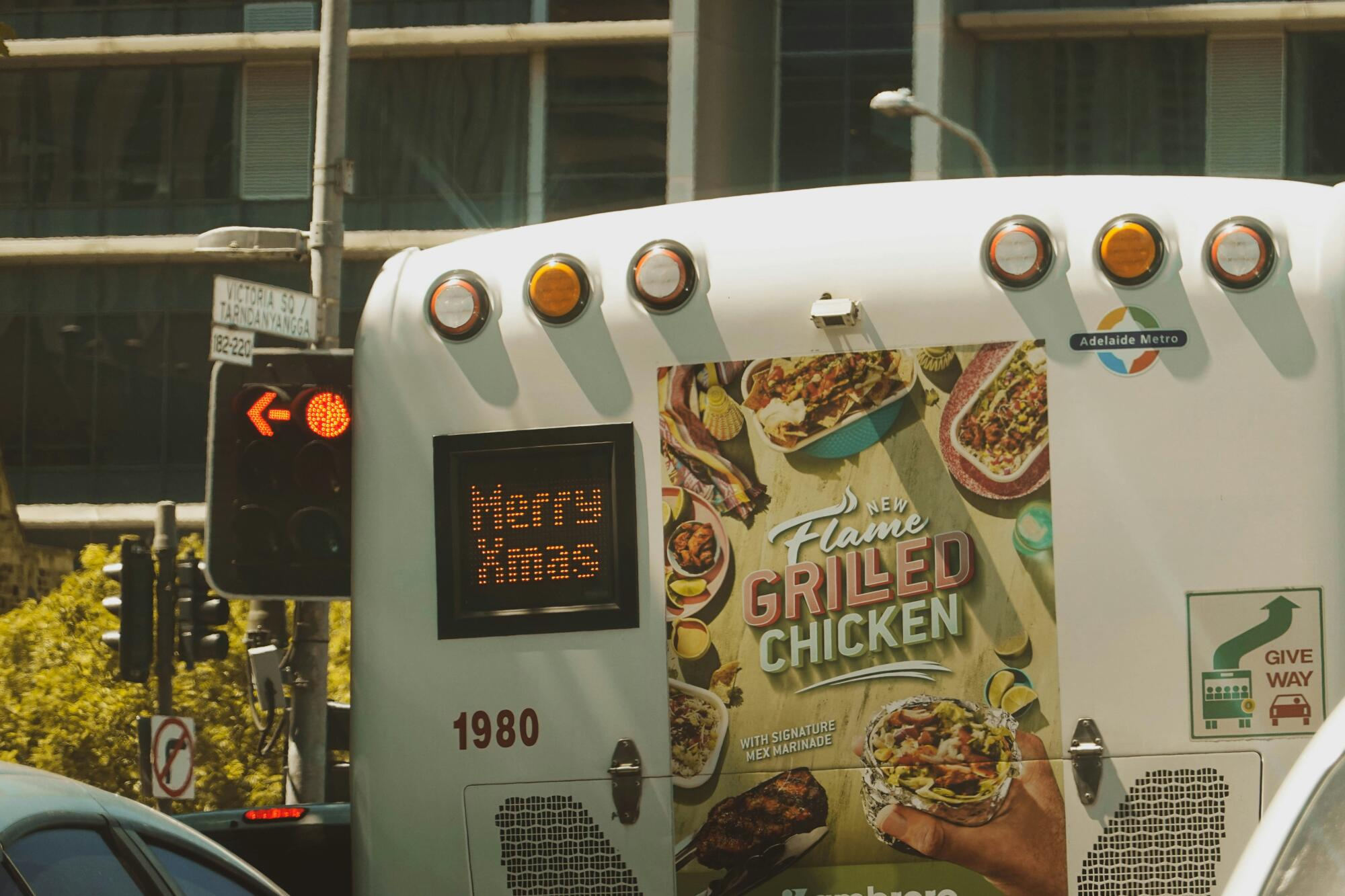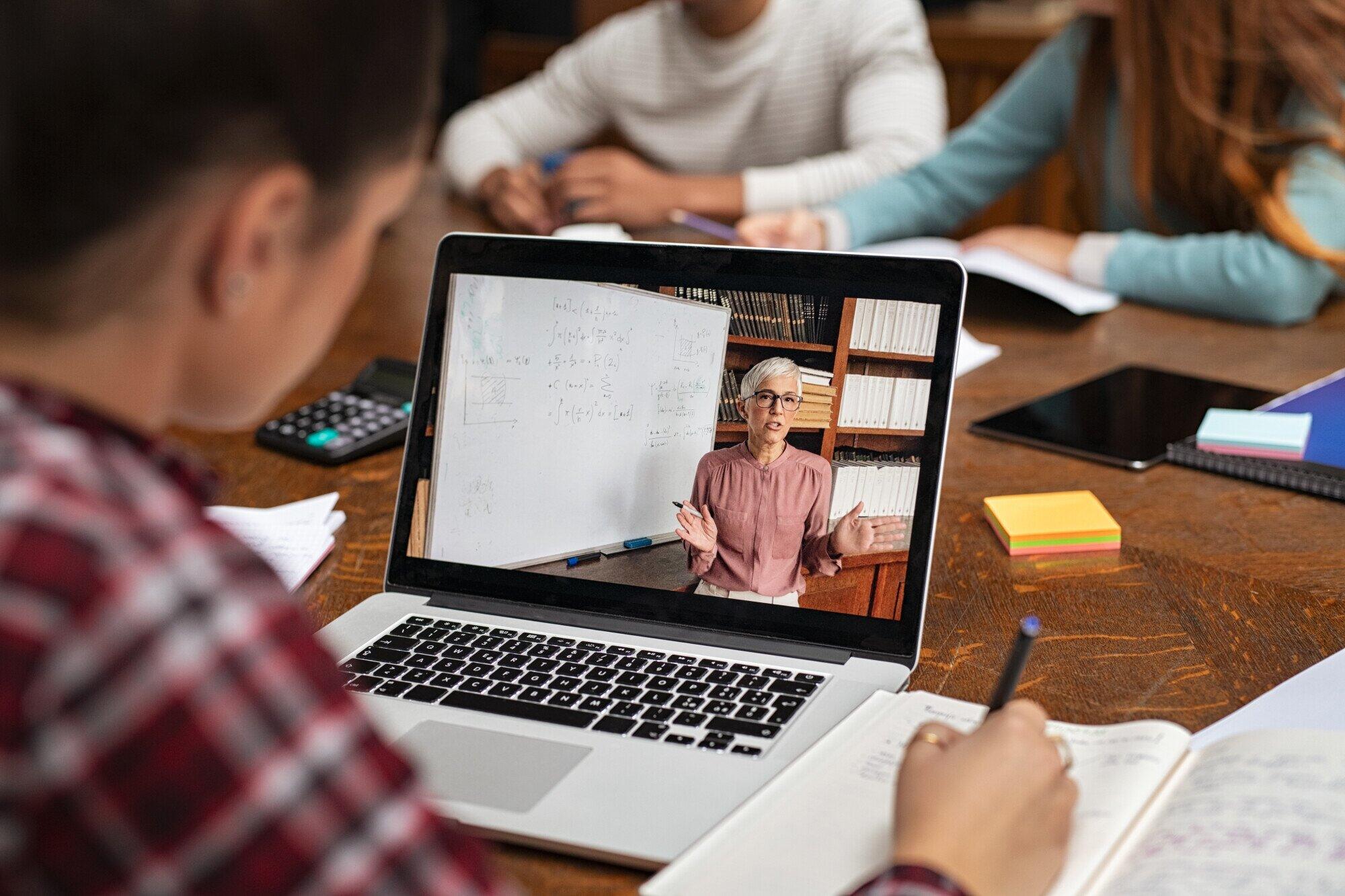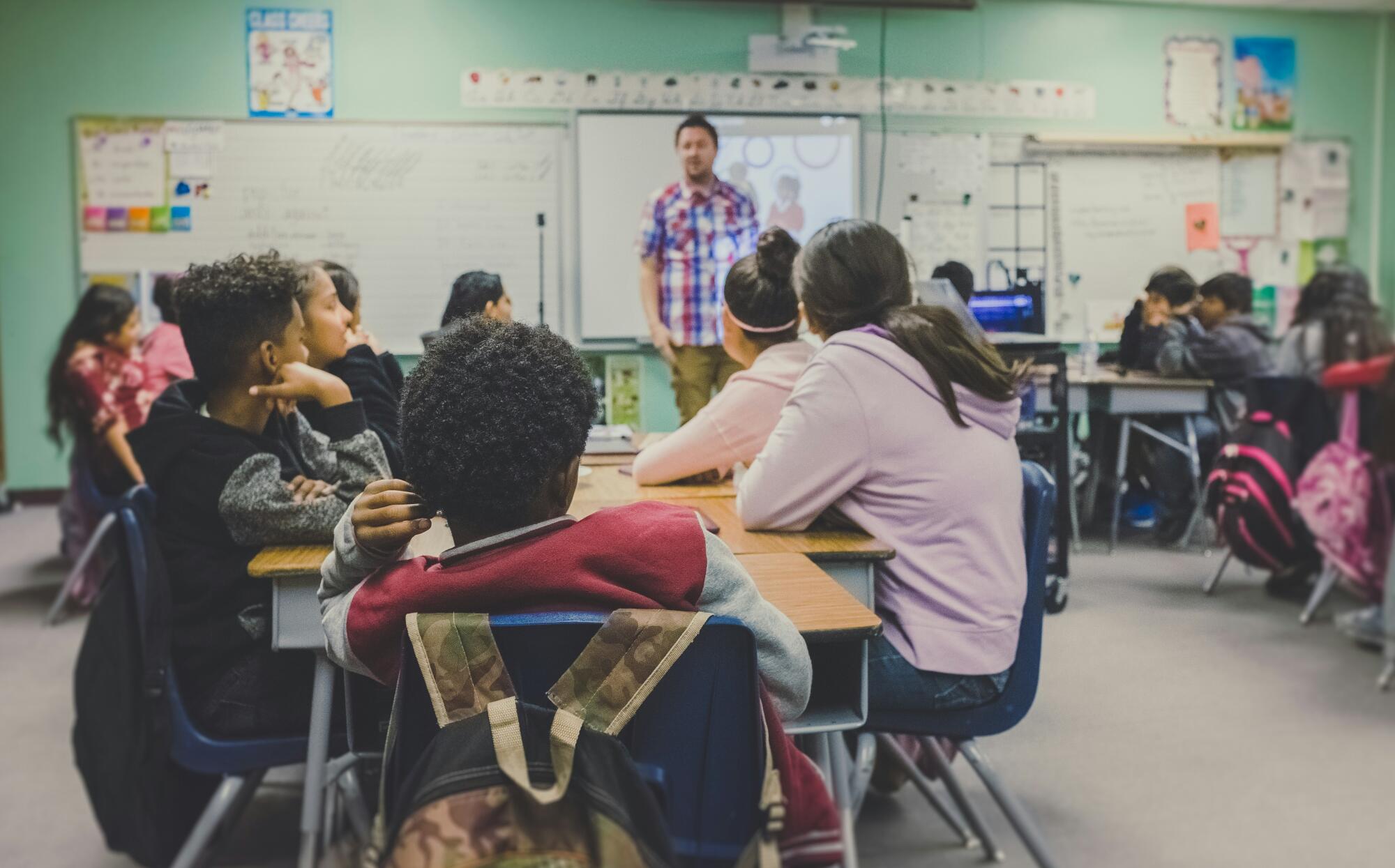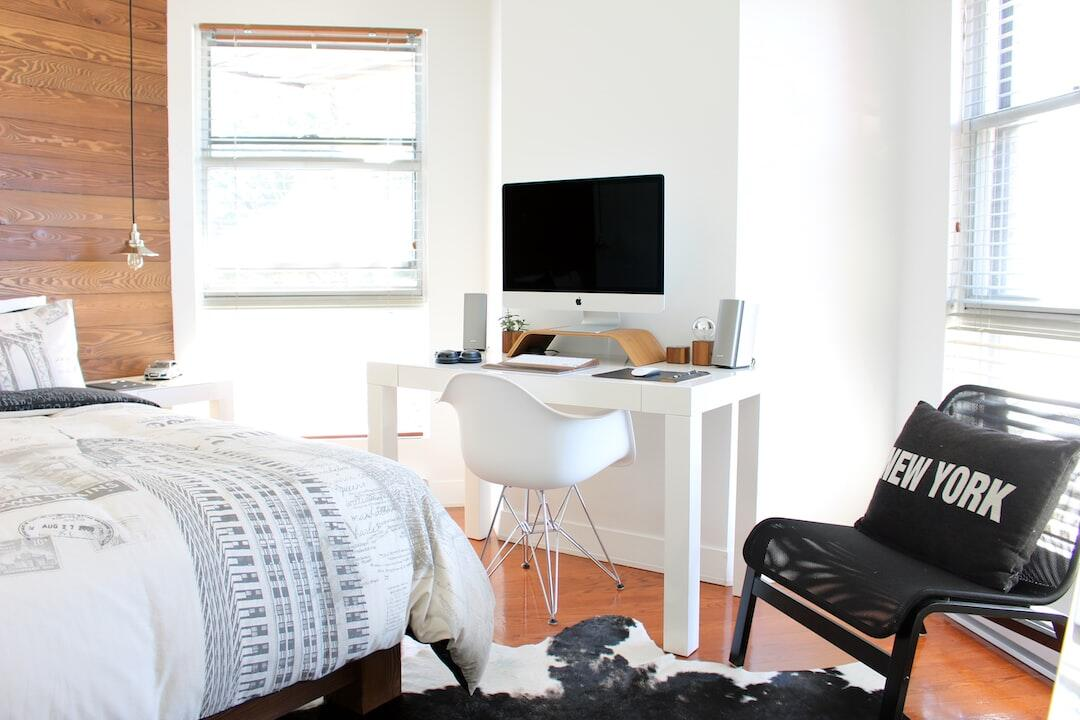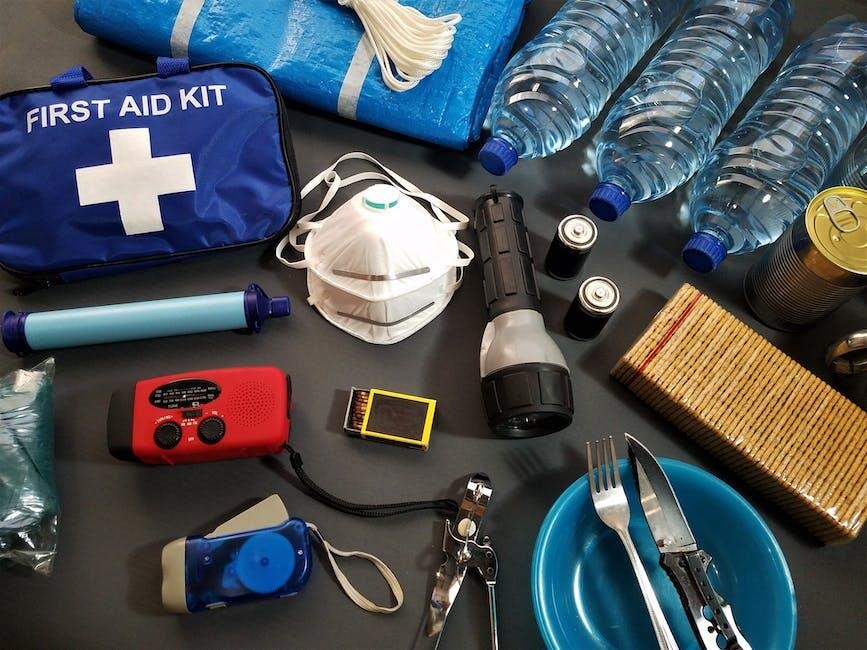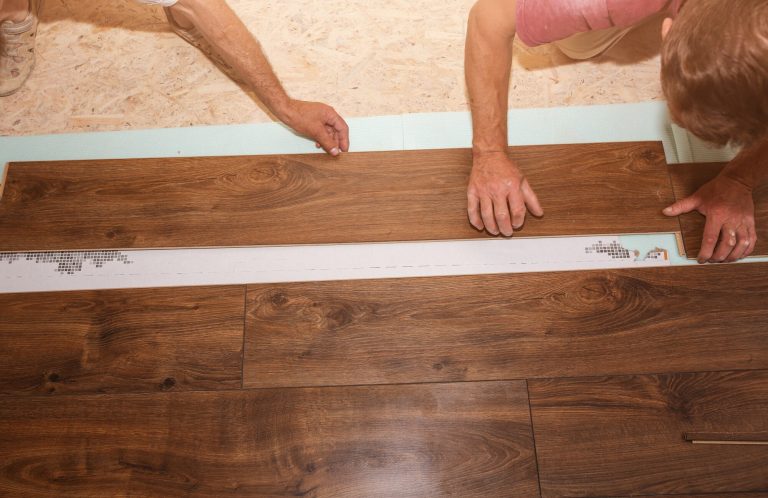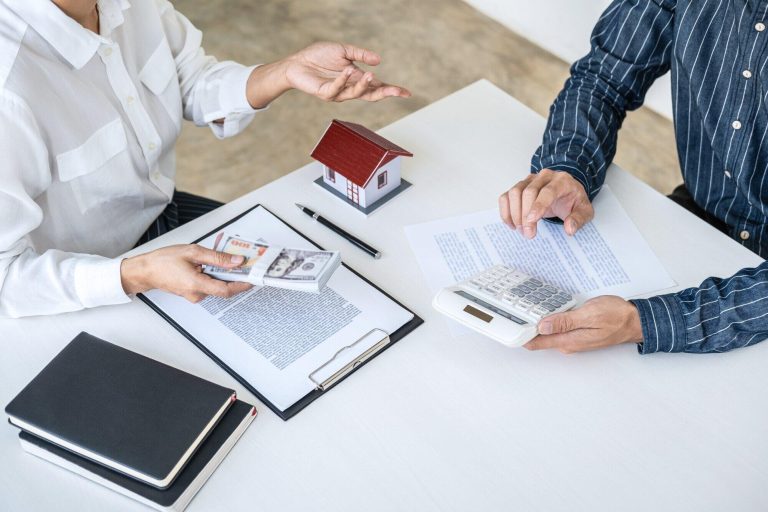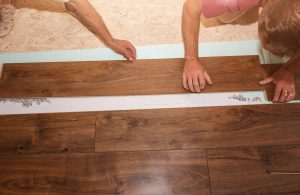Family life is busy. Work, school, play, chores all fill the day. But emergencies do not ask for permission. Storms, fires, accidents, sudden health scares can come without warning.
Integrating emergency preparedness into your family routine can turn fear into calm. It can make your home stronger and your family safer. This guide shows you how to weave safety into everyday life. You will learn how to plan, practice, and protect without adding stress.
Table of Contents
Talk, Share, and Plan Together
Find a time when everyone is relaxed, such as after dinner or on a slow weekend morning. Use that moment to talk about what emergencies might happen in your area. Ask each person what scares them most. Share ideas about where to meet if you must leave home.
Plan escape routes and safe spots inside the house. Keep maps and plans simple. Use pictures. Let kids draw their version of what to do. When the whole family joins in, plans stick easier.
Gather and Put Ready What You Need
You will need some supplies. Water, food, a first aid kit, flashlights, and extra batteries rank high. Keep these items in a box everyone knows about. Check them often. Replace food and water before they expire. Make sure batteries still work. Label everything clearly. If someone moves often or travels, keep a small kit in the car. These small steps ensure that when trouble arises, you are not scrambling.
Practice Like Normal, Not Like a Drill
Practice matters, but drills can feel scary. Make them games. Do a fire exit practice during a weekend movie. Practice turning off the main water valve when you wash dishes. Pretend someone has a cut and use your first aid kit together. When practice feels natural, people learn without stress.
Learn Skills That Save Lives
Knowing just a little can matter so much. Skills like CPR, bandaging, choking first aid can be lifesavers. Sign up for a class together. Use trusted providers. Hands-on training is more beneficial than merely watching a video. A resource like https://cprcertificationnow.com/collections/cpr-and-first-aid-certifications lets you find courses that match your family’s schedule. Knowing what to do with your hands and heart builds confidence.
Make Preparedness Part of Your Routine
Add safety steps into regular chores. One day, check your smoke alarms. Another day, test your flashlights. On laundry day, pack or refresh your go-bag. With daily or weekly small checks, your house stays ready. You do not have to take long hours. Bit by bit you make it stronger.
Where to Keep the Plan Alive
Talk every few months about what worked and what did not. Update the plan when someone moves in or moves away. Update your supplies after changes. Watch the news for new risks. If storms shift or new threats appear, include new ideas. Keep the family involved so everyone feels ownership.
Ready to Explore More Ways
If you want more ideas for drills, lists, kids’ games, or ways to stay safe on vacations too, keep reading. There are stories from parents who turned fear into action. There are tools that help you stay calm. There is value in being prepared.
A Warm Closing on Being Stronger
Emergency preparedness is not panic. It is peace of mind. When your family plans together, gathers what is needed, learns key skills, and makes safety part of life, you build strength. You build trust. You build hope. Your home becomes a place where everyone knows what to do when the unthinkable happens. And that makes all the difference.
For more on this content, visit the rest of our blog!

